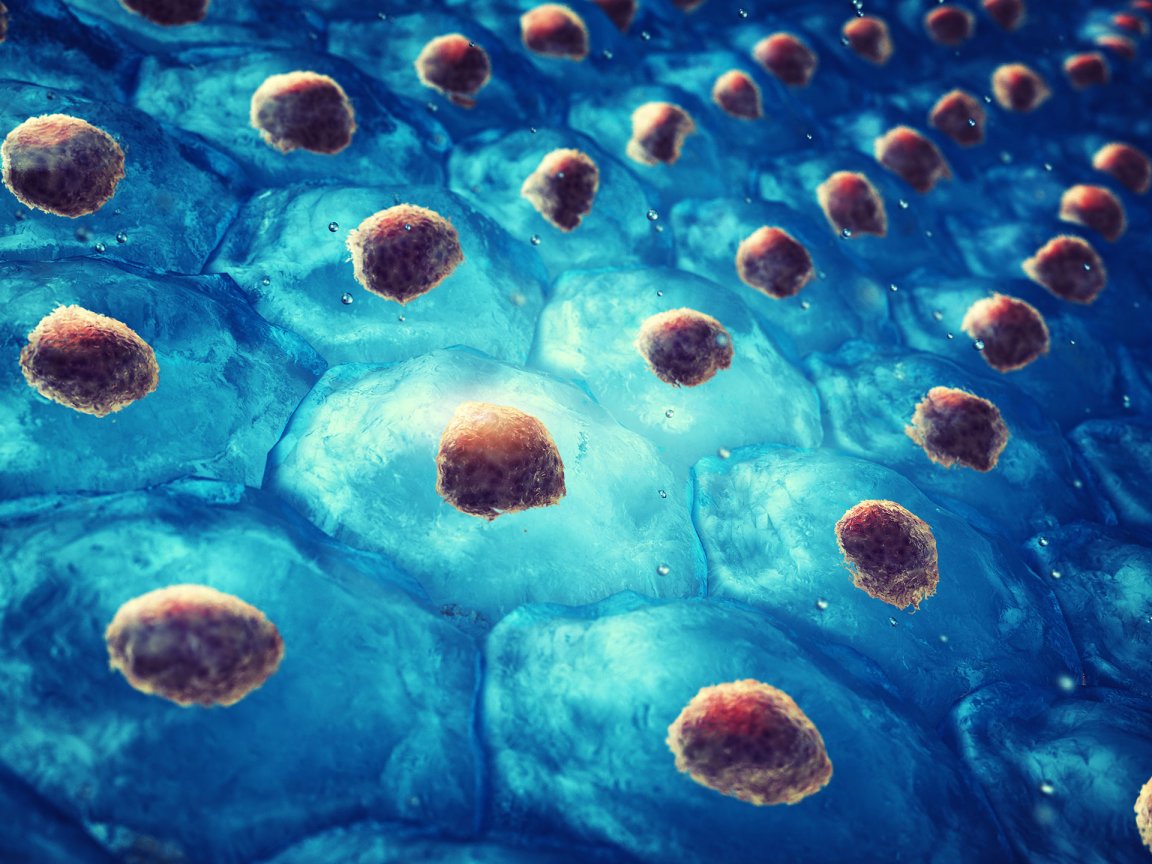
A Fresh Start for Stem Cells
Researchers from the Wellcome Trust Sanger Institute in the U.K. and their collaborators have developed what could potentially be a tabula rasa, or clean slate, for stem cells, which could allow any type of cells to grow and develop. This breakthrough study is published today in the journal Nature, and it shows how researchers, for the first time, created what’s known as Expanded Potential Stem Cells (EPSCs) in mice.
Prior to this breakthrough, stem cell lines existed in two basic types — embryonic stem cells (ES) and induced pluripotent stem cells (iPS). In theory, both stem cell lines can grow to a good number of cell types, and previous research has shown them to be the most effective in doing so. However, ES and iPS have limitations: they aren’t capable of growing into every type of cell, as they’re already limited to only particular cell lines right at the onset. On the other hand, EPSCs are able to form whatever type of cell because they possess features similar to that of the very first cells of their source organism’s embryo. In the case of this study, it was mice. The team is confident, however, that they can develop similar EPSCs from humans as well as other mammals.
To develop the mice EPSCs, the researchers cultured mice cells from their earliest stage of development — i.e., when the fertilized egg has divided into only 4 to 8 cells, each still able to grow into any cell type. In contrast, ES cells are usually taken from around the 100-cell stage in development. Additionally, the researchers developed mouse ES and iPS cells into this new condition and grow EPSCs from them. In short, they were able to turn back the development clock to the earliest type of cell.

Recharging Regenerative Medicine
Already, scientists have been able to achieve quite a lot using available ES and iPS cells. They’re now able to turn skin cells into motor neurons, treat baldness, and even slow aging in mice using stem cells. Indeed, the potential of stem cells in regenerative medicine is currently unprecedented. The new study’s EPSCs can push even further. Accordingly, these EPSCs are the first stem cells able to produce all three types of blastocyst stem cells — differentiated cells from a fertilized egg — which expands their potential for development.
“This is a fantastic achievement, by working with the very earliest cells, this study has created stem cell lines that can form both embryonic and all the extra-embryonic cells. The methods and insights from this study in mice could be used to help establish cultures of similar stem cells from other mammalian species, including those where no ES or iPS cell lines are available yet,” study co-author Hiro Nakauchi of Stanford University explained in a press release.
“The research also has great implications for human regenerative medicine as stem cells with improved development potential open up new opportunities. Further research in this area is vital, so that we can properly explore the potential of these cells,” he added.